DHI Hair Transplantation
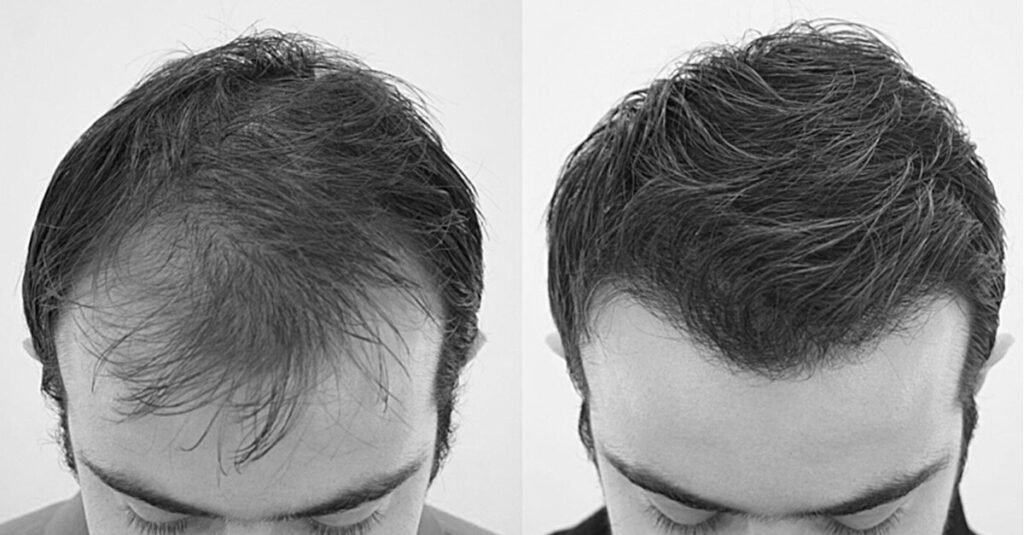
DHI Hair Transplant
What is hair transplantation with DHI method?
DHI Hair Transplantation (Direct Hair Implantation) means “Direct Hair Transplantation”. In this method, grafts are collected thanks to the medical pen called choi, which should only be used by experts, and then the hair taken with this pen is placed directly on the skin without incision or channel opening. In the known hair transplantation methods, these two operations are performed in separate times, and thanks to the special pen used, the procedure is reduced to one, thus providing comfort and convenience to the patient. In short, in the hair transplantation technique called FUE, the procedure is three-stage, while in DHI it is two-stage. The purpose of the application; to increase the quality of hair transplantation, to provide an intense image, to preserve the existing hairy image and to ensure that the person who has the hair transplant returns to his daily life quickly without shortening the hair.
What are the stages?
By applying local anesthesia to the donor area, the hair follicles are relaxed and the hair follicles are collected with a special pen. Then, the collected hair follicles are placed on the scalp thanks to this special device.
The hair follicles are placed on the scalp thanks to the special choi pen. This pen has a very thin, pointed tip, but due to its special structure, hair follicles can be inserted into it. This fine-tipped medical pen, which is dipped into the scalp at an appropriate angle, places the hair follicle on the scalp when pressed on the special area behind it.
This method, which is applied without damaging healthy tissues, is advantageous in that it allows more frequent plantings.
The reason why this method is generally preferred; After the roots are taken, they are placed immediately without waiting. Thus, the retention rate and the probability of the grafts staying healthy increase. Although it is a technique that has existed for a long time, its star has recently shone.
It is extremely important that the process, which takes about 10-12 hours, is done by experienced people. As in robotic hair surgery and Fue method, control is performed on the first day after the procedure. Washing begins on the second day and continues for eight days.
What are the advantages?
Performing grooving and hair root placement at the same time allows the collected hair follicles to be placed in place without waiting for a long time.
It allows more frequent planting and more natural looks.
Thanks to its special tool, the waiting time of the roots during hair transplantation is reduced. Thus, the risk of root loss is minimized.
Existing hair is not damaged. It is a method that can also be applied in patients whose hair loss has not been completed.
The patient experiences a rapid recovery period.
As it is in FUE and Robotic Hair Surgery, it is very important that the people who perform the application in DHI hair transplantation technique will affect the result. At Esteworld, hair transplantation with the DHI technique is successfully applied by attentive and experienced teams.
Fat Transfer

What is fat transfer?
Fat transfer, also known as fat grafting, is a procedure in which fat is removed from one area of the body — typically the abdomen, hips or thighs — through liposuction, and injected into another part of the body to plump it up and create new contours. Fat transfer produces very natural-looking results, and because it uses your own tissue, there’s no danger that your body will reject it.
How fat transfer works
First, your surgeon will perform liposuction on the body part from which you’re having fat harvested, called the donor site. Fat is removed gently through small incisions, and the area is contoured to achieve the look you want.
The fat is then processed to remove impurities and loaded into special syringes fitted with small, thin tubes called cannulas. Your surgeon injects the fat into the area where you want to add volume, using a number of tiny injection sites to make sure the fat cells are distributed evenly without pooling. The injected fat cells gradually redevelop a blood supply and take hold in their new home.
If you’re having a large amount of fat removed and/or transferred, your surgeon may do the liposuction and the transfer as two separate procedures. The harvest and injection process can be combined if smaller amounts of fat are involved.
In some cases, your surgeon might inject slightly more fat than you think you need, because some of the cells don’t establish a blood supply and are reabsorbed by the body. Your surgeon might recommend multiple injection appointments for the best results.
Liposuction
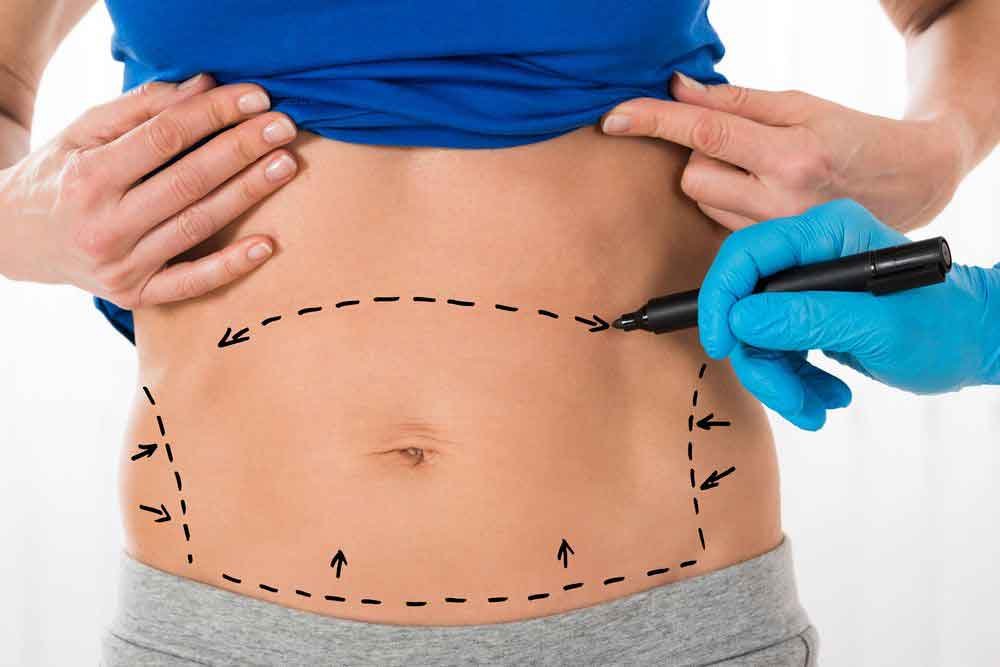
Liposuction is a surgical procedure that uses a suction technique to remove fat from specific areas of the body, such as the abdomen, hips, thighs, buttocks, arms or neck. Liposuction also shapes (contours) these areas. Other names for liposuction include lipoplasty and body contouring.
Liposuction isn’t typically considered an overall weight-loss method or a weight-loss alternative. If you’re overweight, you’re likely to lose more weight through diet and exercise or through bariatric procedures — such as gastric bypass surgery — than you would with liposuction.
You may be a candidate for liposuction if you have too much body fat in specific spots but otherwise have a stable body weight.
Why it’s done
Area under chin that can be treated with liposuction
Liposuction under chinOpen pop-up dialog boxAreas on the abdomen, chest, back, legs and arms that can be treated with liposuction
Liposuction treatment areasOpen pop-up dialog box
Liposuction is used to remove fat from areas of the body that haven’t responded to diet and exercise, such as the:
Abdomen
Upper arms
Buttocks
Calves and ankles
Chest and back
Hips and thighs
Chin and neck
Lipomatic and Liposculpture
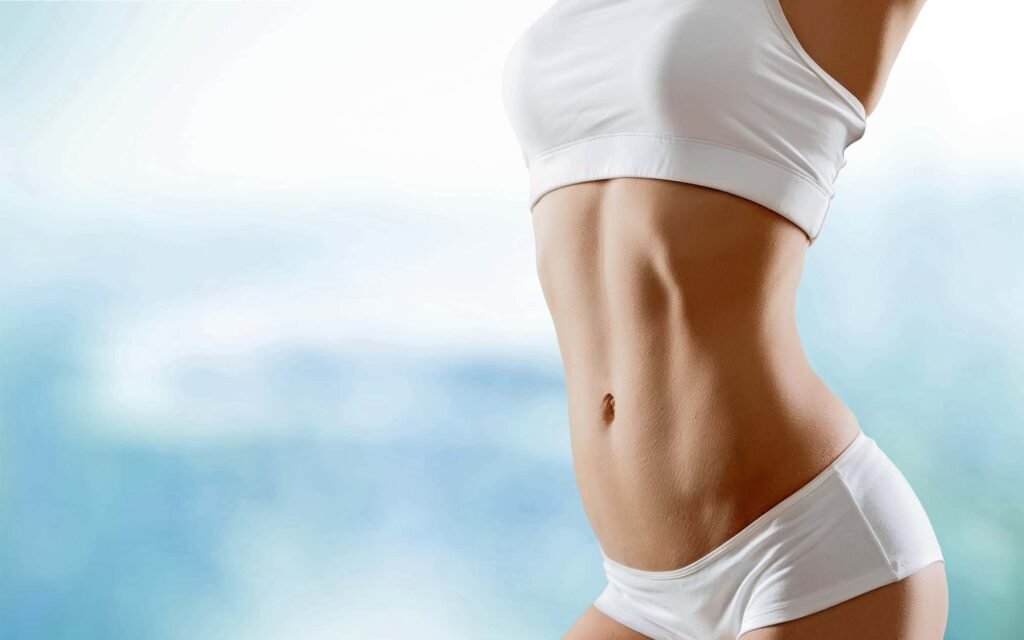
Lipomatic and Liposculpture
It is the general name given to lipomatic and liposculpture, that is, fat removal from the body and hardening of the skin in the areas where fat is removed. Liposculpture is a group of device procedures that tighten the body and make it look like a triangle.
The reason for the need for the liposculpture procedure is the sagging in the areas due to re-oiling after the liposuction procedure. Liposuction is one of the best methods for mesh removal. For this reason, liposuction and liposculpture are applied together. First, excess fat is removed with liposuction, and then the skin in the area where fat is removed with liposculpture is tightened using special devices.
Lipomatic and liposculpture applications are one of the applications that require high-level technology. Bob Aesthetic performs Lipomatic and liposculpture procedures with expert estheticians and advanced technology. If you would like to benefit from this service offered by Bob Aesthetic, you can contact us immediately.
What is Lipomatic Liposuction?
The question of what is lipomatic liposuction is one of the questions from the relevant people. Infrasonic Tickle Liposuction application, known as lipomatic, is a method used for fat removal for shaping the body. Lipomatic provides high volume liposuction in all parts of the body. It is an FDA approved device. Thanks to lipomatic liposuction, the excess fat that causes deterioration in the contour structure of certain parts of the body is vacuumed with the help of vibrating cannulas. Thus, excess fat is removed from the body.
Arm Lift
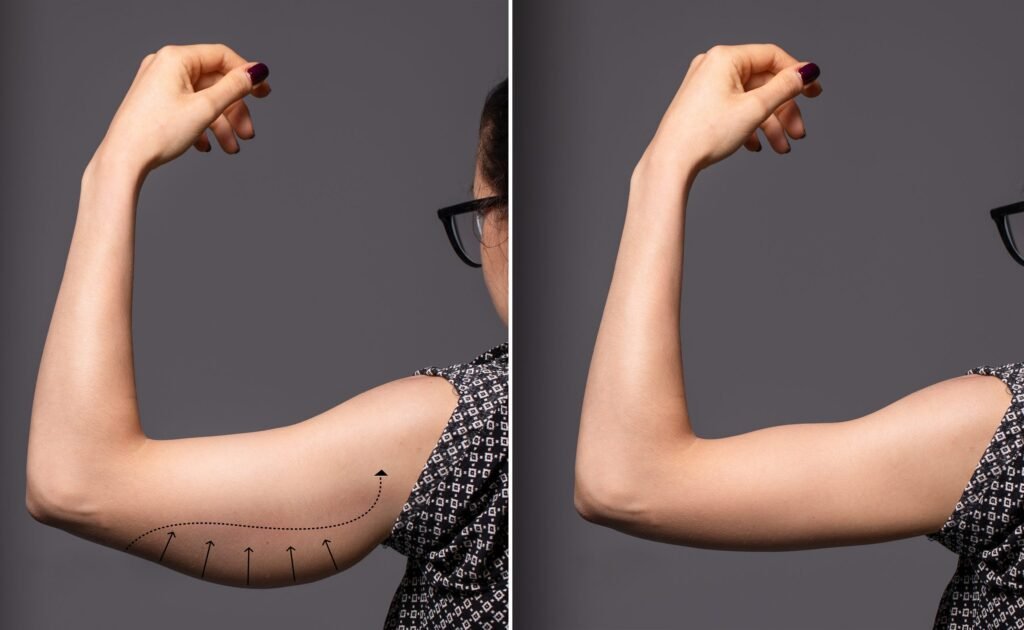
An arm lift is a cosmetic surgical procedure to improve the appearance of the under portion of your upper arms.
During an arm lift — also known as brachioplasty — excess skin and fat are removed from between the armpit and elbow. The remaining skin is placed back over the newly repositioned contours to create a more toned look.
Why it’s done
As you get older, the skin on your upper arms changes — sagging and becoming loose. Significant weight loss also can cause the undersides of your upper arms to droop.
While exercise can strengthen and improve muscle tone in the upper arm, it can’t address excess skin that has lost elasticity.
You might choose to have an arm lift if the undersides of your upper arms are sagging. An arm lift might also boost your body image.
Tummy Tuck
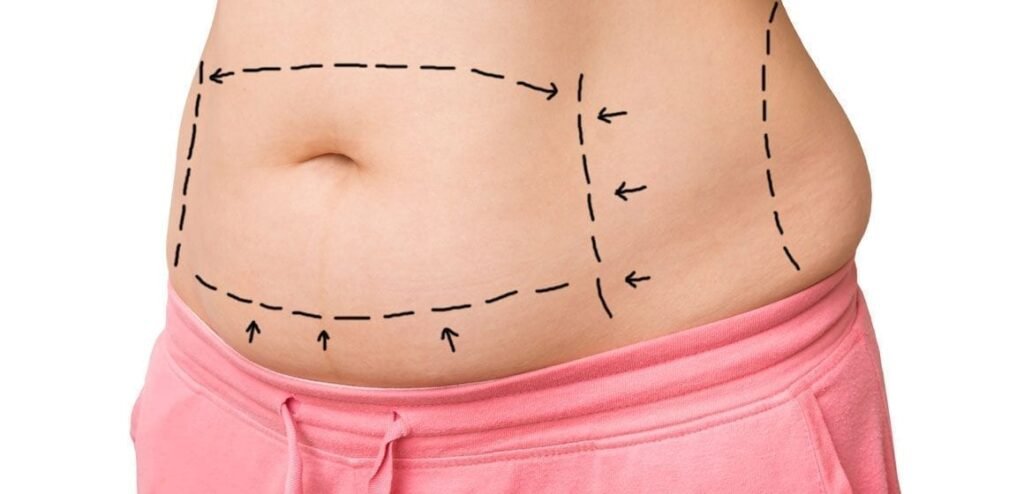
A tummy tuck — also known as abdominoplasty — is a cosmetic surgical procedure to improve the shape and appearance of the abdomen.
During a tummy tuck, excess skin and fat are removed from the abdomen. Connective tissue in the abdomen (fascia) usually is tightened with sutures as well. The remaining skin is then repositioned to create a more toned look.
You might choose to have a tummy tuck if you have excess fat or skin around the area of your bellybutton or a weak lower abdominal wall. A tummy tuck can also boost your body image.
Why it’s done
There are a number of reasons you might have excess fat, poor elasticity of the skin or weakened connective tissue in your abdomen. These include:
Significant changes in weight
Pregnancy
Abdominal surgery, such as a C-section
Aging
Your natural body type
A tummy tuck can remove loose, excess skin and fat, and tighten weak fascia. A tummy tuck may also remove stretch marks and excess skin in the lower abdomen below the bellybutton. However, a tummy tuck won’t correct stretch marks outside of this area.
Hand Aesthetics
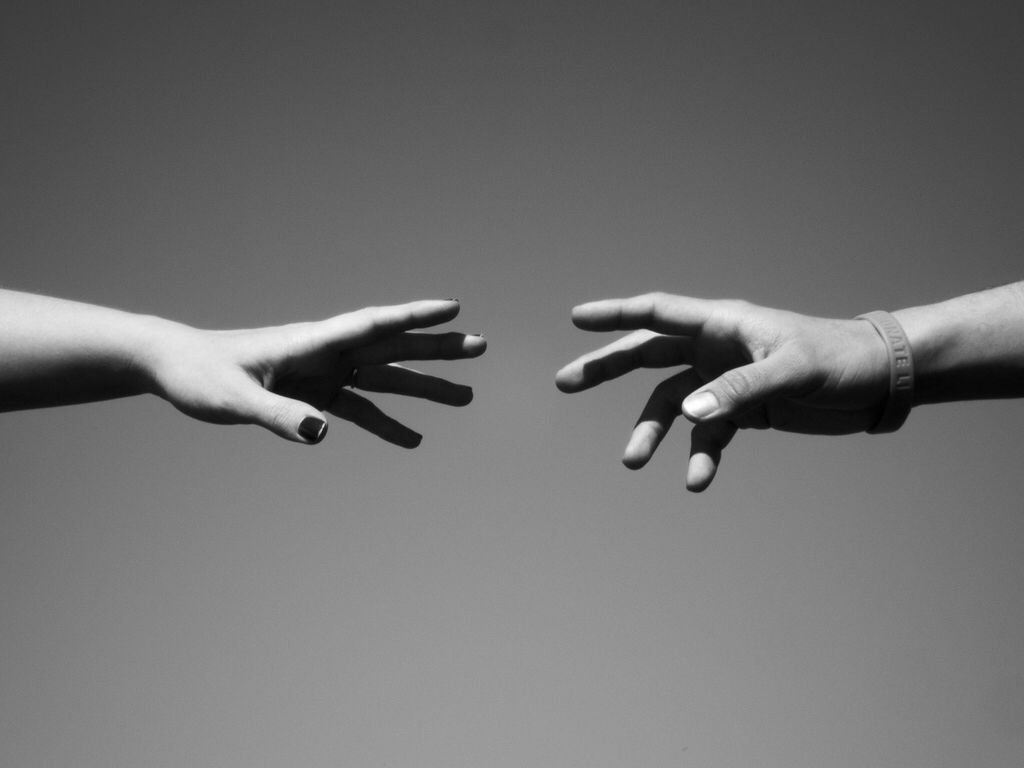
Hands are one of the regions in our body where aging is observed at most. Over time, problems on hands are experienced due to exposure to sunlight, to varying weather conditions and there are problems such as soft tissue loss under the skin, stains on the surface of the skin, scaling and skin thinning. Body beauty is a whole, in this aesthetic posture, it is possible to bring back the lost shape to your hands.
In Geotime clinic, we bring solutions to the different problems that occur in the hands. These are called the Hand Aesthetics
Who can have Hand Aesthetics done?
• Those who experience aging on their hands
• Those who suffer from weakening under the skin of the back of the hand
• Those with worn-out and impaired hands
• Those who have wrinkles and hardness on hand skin
• Those with thin and deformed hand skin
• Those with obvious veins on hand skin
• Those suffering from bruising, red spot and stain problems
Bowlegs Aesthetics

Aesthetically, proportional legs are among the most important elements of external beauty. The alignment of the upper and lower legs becomes obvious not only in the clothes that expose the leg area but also in the models that cover the legs such as tights and trousers. Most people who experience this problem begin to suffer from loss of self-confidence in their social lives, while the summer clothes and beach costumes reveal the bowlegs they have. The difficulty of camouflaging the leg area and the bowleg problem which compromises the beauty of body is one of the most important aesthetic problems that keep people from having a comfortable life.
What Is the Bowleg Problem?
Although our legs are considered as limbs that only allow us to walk, they also complement the aesthetic body posture. The bowleg problem and the disproportion on legs is due to bone problems or incompatibility in fat distribution. There can be many reasons for the skewness of the bone in the legs. Today, the removal of skewness in the bones through a re-constructive method is very risky, and the patient experiences many problems during the recovery period. The reason for the unequal distribution of fat is generally genetic. This problem, which we can think of as the problem of regional fat deposition, may come to the fore with problems such as excessive fat deposition on the leg region due to weight gain or the weight gain at the upper or lower leg.
How to Fix the Bowlegs?
We use Cihantimur fat Transfer technique to solve the problems caused by bone skewness in legs or aesthetic problems that originate from fat distribution on legs. This technique helps to shape legs by simply transferring fat to the patient’s leg, camouflaging the current skewness and all this process is completed without touching the bone that causes the skewness on legs. Thanks to the closed lipoid technique used in Cihantimur Fat transfer; fat is absorbed from the area where regional fat deposition occurs. The injected area has the ability to maintain volume for a long period of time, as the absorbed fat does not contact with air and retains its viability. This fat transfer, made to remove the bowleg, allows the patient have beautiful, form and symmetrical legs for a lifetime. The same technique also resolves disproportionate fat accumulation problems in the upper or lower legs of the patient.
Brazilian Butt Lift

What is a ‘butt lift’ or buttock augmentation?
There are several types of procedures. According to the Genotimr a buttock augmentation changes the size and shape of the patient’s buttocks by transferring and injecting fat, or by surgically placing silicon implants into the buttock.
The “Brazilian butt lift” specifically involves fat grafting or injection. The patient undergoes liposuction to remove fat from their abdomen, hips and thighs which is then processed and re-implanted into the buttocks.
Conversely a regular buttock lift reduces the volume of the buttocks by removing excess skin and fat from the region. The procedure is commonly performed on people who have lost a significant amount of weight.
Fat Transfer to Breast

Fat Transfer to the Breasts
Also known as autologous fat transfer, or fat grafting, fat transfer to the breast is an ideal way to create a moderate increase in breast volume while creating natural-looking and -feeling breasts. Autologous means it comes from the patient’s tissue, so the results are as natural as possible; it’s perfect for the woman who doesn’t want the hassle or complications that come with implants. You can choose to combine fat transfer with a breast lift or with a breast augmentation to refine the results.
Since the fat is your tissue, there’s little risk of the fat being rejected or triggering a reaction. The basic idea for a fat transfer to the breast is simple enough; first, your surgeon extracts fat from places with extra to give, processes it, then introduces it into the breast through small, strategically placed injections.
To acquire the fat, use a variety of modern liposuction systems; we tailor the choice of which to use to your body and desired results. The Hydrasolve tissue liquefaction liposuction system can achieve exceptionally smooth outcomes, as a fat extraction system that gently removes fat from the body without disturbing the surrounding tissue. This process ensures the fat is as clean and high-quality as possible. Other forms of liposuction we use are power-assisted liposuction and VASER ultrasound-assisted liposuction.
Genotime uses one of the most advanced fat processing systems in the industry. The purer a graft is, the more likely it is to survive; by relying on a completely enclosed, sterile, lipodialysis system, creates some of the most viable, most concentrated pure grafts for longer-lasting and predictable results and more efficient fat transfers.
